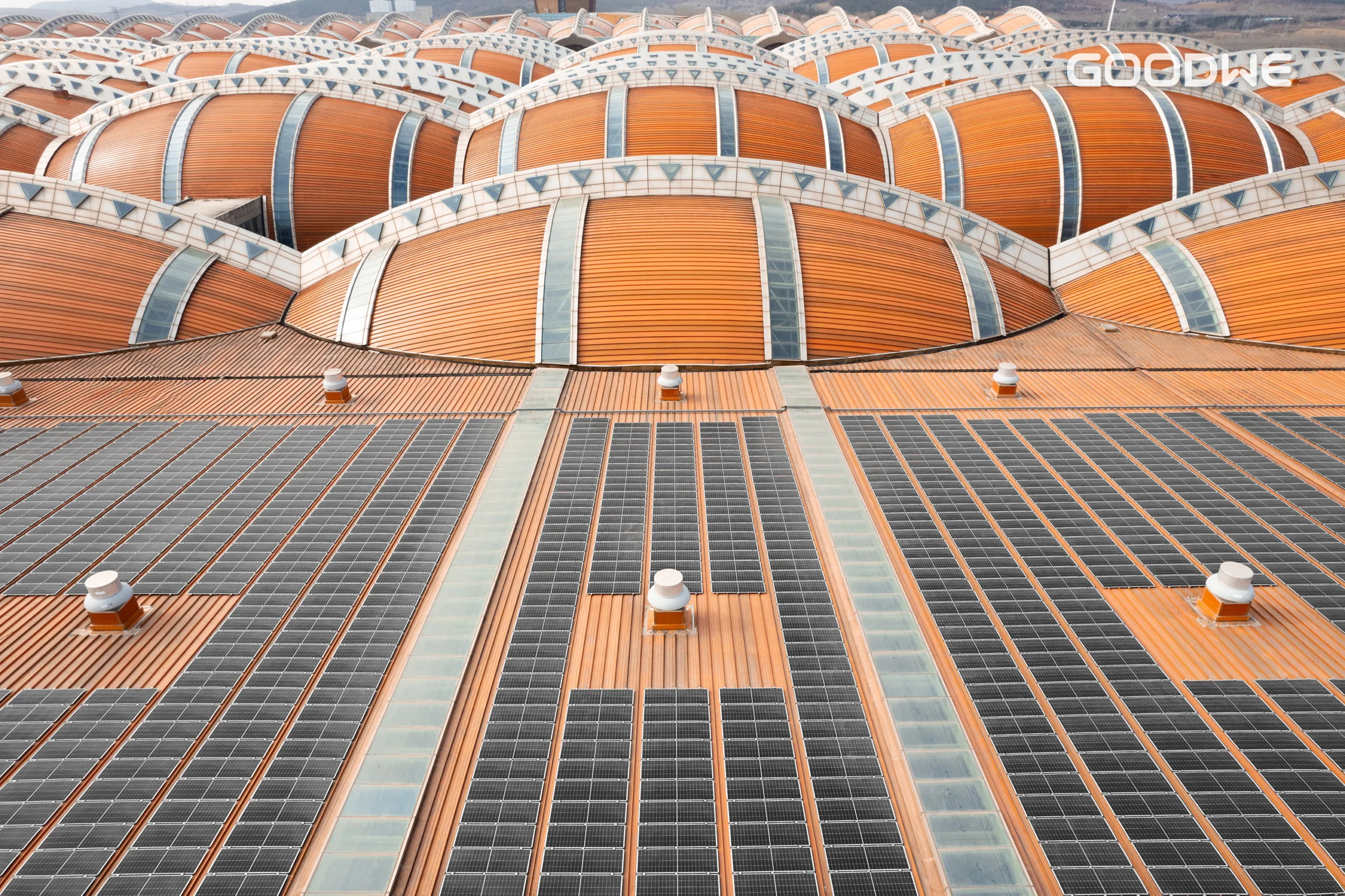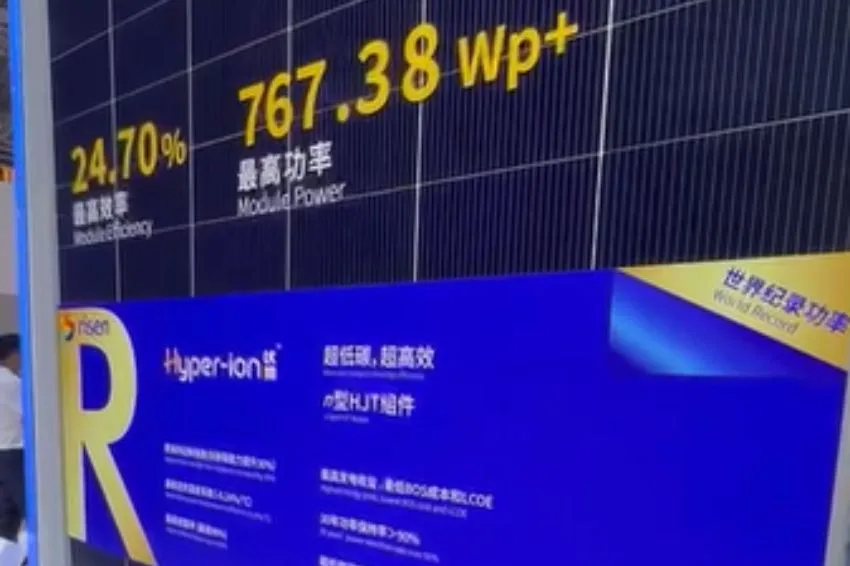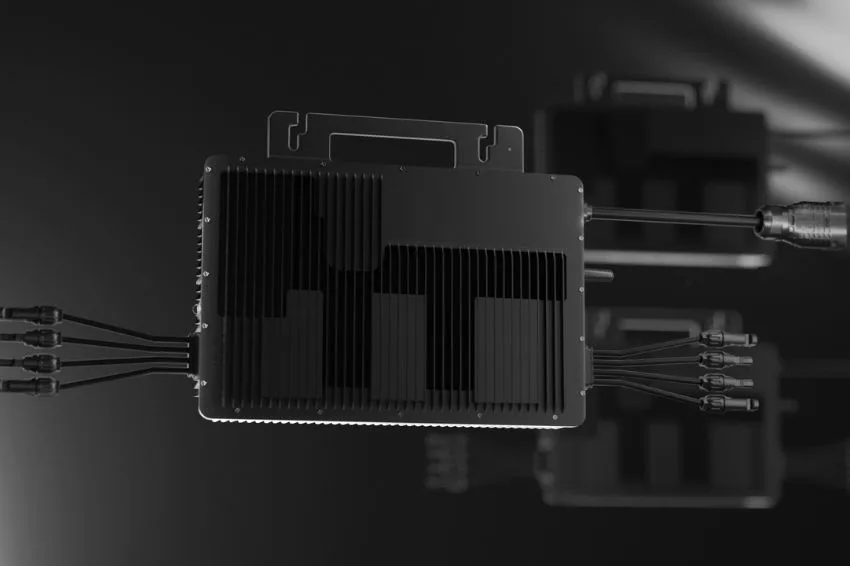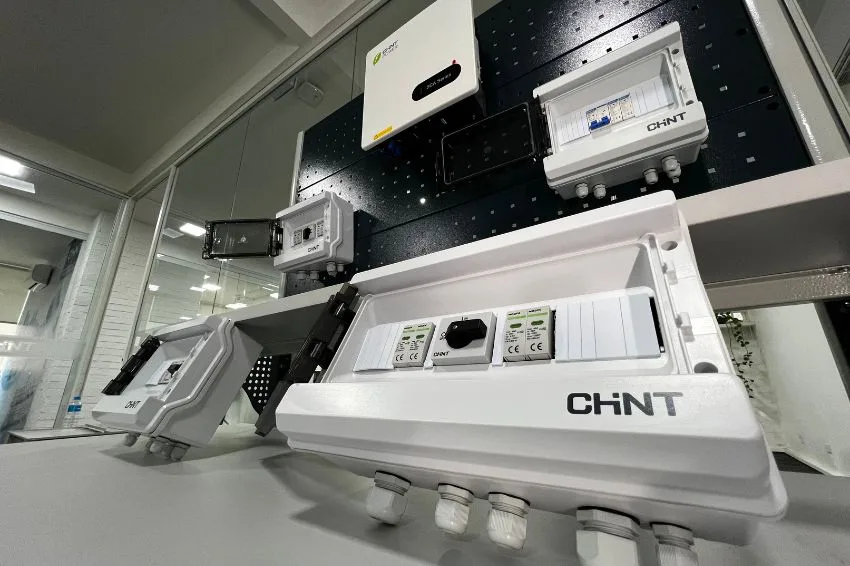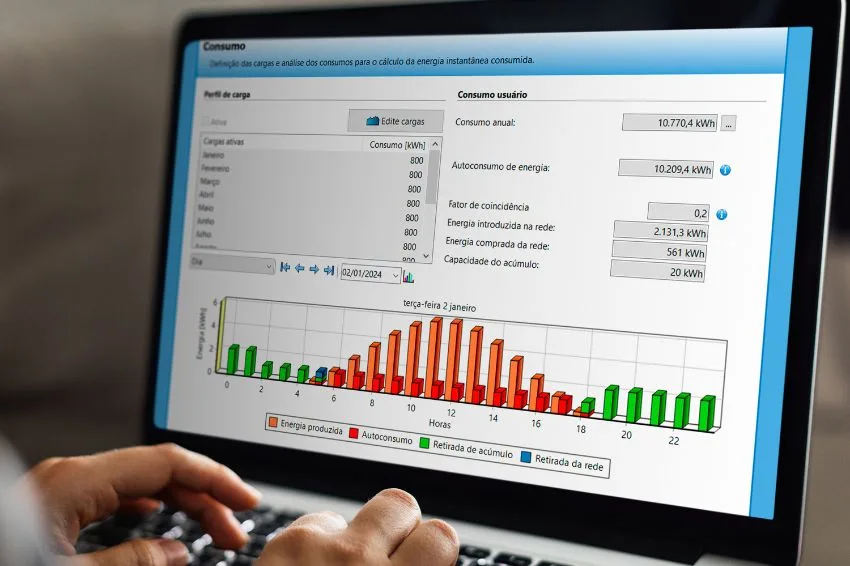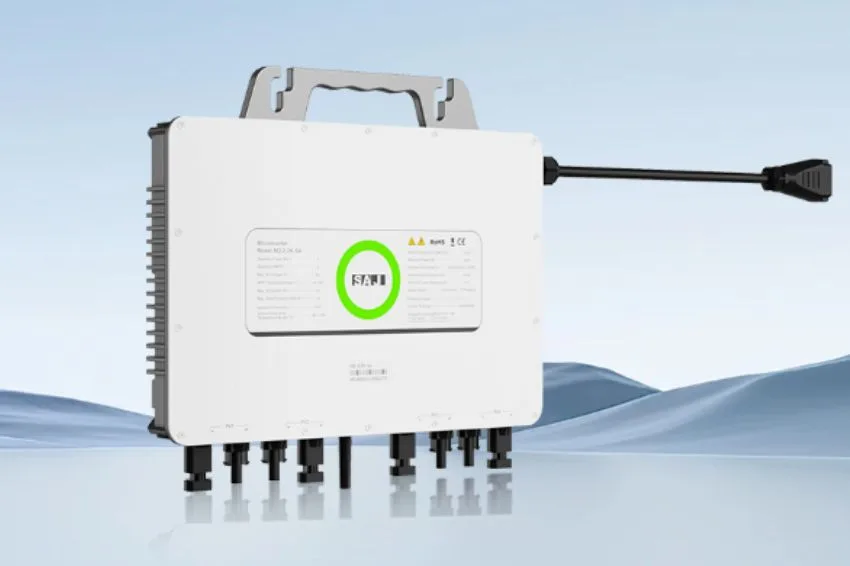A BIPV technology (Building Integrated PV Solution) provides solutions for the market that are not possible using conventional modules, such as, for example, the demand for photovoltaic systems with reduced weight for buildings with fragile building structures.
You traditional panels, according to the GoodWe, are increasingly larger and heavier, reaching more than 15 kg/m², which often makes it impossible for the project to get off the ground or puts plants at risk of collapsing installed in buildings with low load support.
Thinking about overcoming these adversities, the company launched the Galaxy module line, which is a BIPV product. With 5.6 kg/m² It is fixing methods that do not require drilling the roof, the solution facilitates installation and reduces the structural load on the building, making it suitable for residential, commercial and industrial applications.
According to the manufacturer, the equipment also has a 1.6mm ultra-thin glass – which improves the ability to resist strong impacts from hail and strong winds, bringing durability and safety to buildings with weather protection.
Another advantage highlighted by the company is that the Panel design is frameless, integrating more harmoniously with the building's architecture, in addition to reducing the accumulation of dirt, optimizing water drainage and facilitating maintenance.


Installation methods
Check below which installation methods are compatible with the Galaxy and how they contribute to a quick and simplified installation.
- Fixing using industrial adhesive: Galaxy modules can be installed directly on metal roofs and facades by fixing using industrial glue specific for construction and with high resistance and durability;
- Fastening by clamps: the line also allows installation using specific clamps directly on seam roofs, without the need for an extra structure.
According to GoodWe, both fixing methods guarantee a safe installation, without the need for a fixing structure and without drilling the roof, avoiding infiltrations and future setbacks.
Product Challenges
The company also addressed the biggest challenges faced during the development of the Galaxy and how they were overcome.
- Durability and resistance: ensuring that panels are durable enough to withstand extreme weather conditions in different regions – through the use of high-quality materials and rigorous resistance testing;
- Weight: optimize the project and design of the modules so that they have the lowest possible weight per m², using 1.6mm thick tempered glass and at the same time guaranteeing the protection of the photovoltaic cells and efficiency in final energy generation;
- Architectural integration: ensuring that BIPV panels aesthetically integrate into different architectural patterns through non-intrusive fixing methods. There was close collaboration with architects and designers to develop aesthetically pleasing solutions that maintain excellent energy performance.
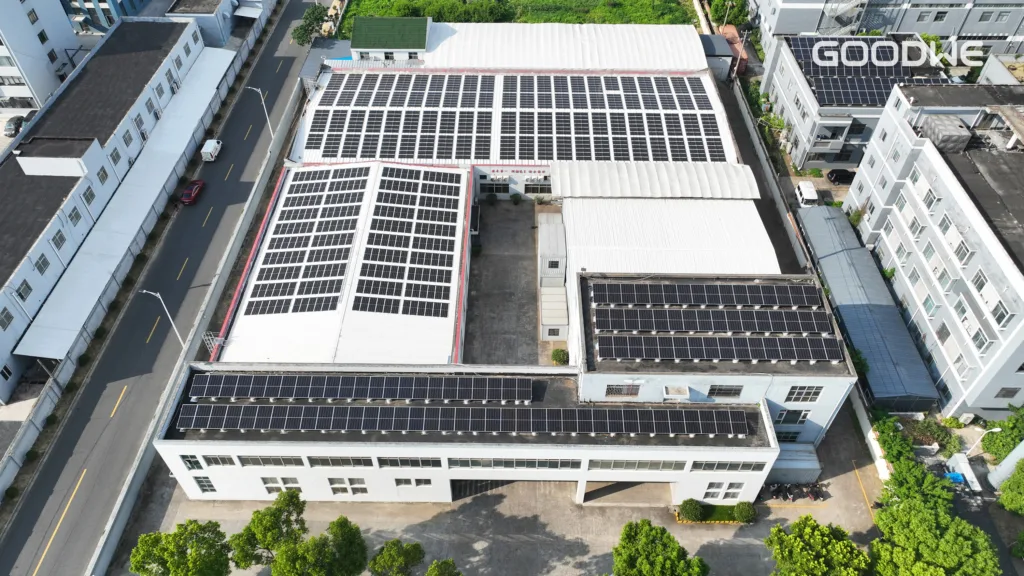
Certifications and tests
GoodWe's Galaxy line also has several certifications and has undergone rigorous testing to guarantee its performance and durability in different weather conditions. Among the highlights are:
- Inmetro: Galaxy modules are actively registered with Inmetro in accordance with the most recent Ordinance nº 140/22 (registration number 011386/2023).
- IEC certifications: according to IEC 61215 and IEC 61730, which guarantee compliance with international safety and performance standards;
- HDT (Hail Durability Test): impact resistance test of hail balls up to 25 mm in diameter at a speed of 23 m/s;
- Climate Resistance Tests: include tests for resistance to high and low temperatures, humidity, winds and snow loads;
- Quality Control: GoodWe implements the company's rigorous and recognized quality control standards at all stages of production to ensure the reliability and longevity of the panels.

Sustainability
The Galaxy line, according to the manufacturer, contributes to environmental sustainability in industrial and commercial projects. By generating clean energy at the point of consumption, it reduces dependence on fossil energy sources and reduces the carbon footprint of buildings.
Furthermore, they emphasized that it improves the energy efficiency of buildings – reducing energy consumption and operating costs – and enabling projects in fragile and/or old buildings without the need for structural reinforcement, avoiding environmental impacts resulting from renovations and preserving the original characteristics of the buildings. buildings.
All content on Canal Solar is protected by copyright law, and partial or total reproduction of this site in any medium is expressly prohibited. If you are interested in collaborating or reusing some of our material, we ask that you contact us via email: [email protected].


